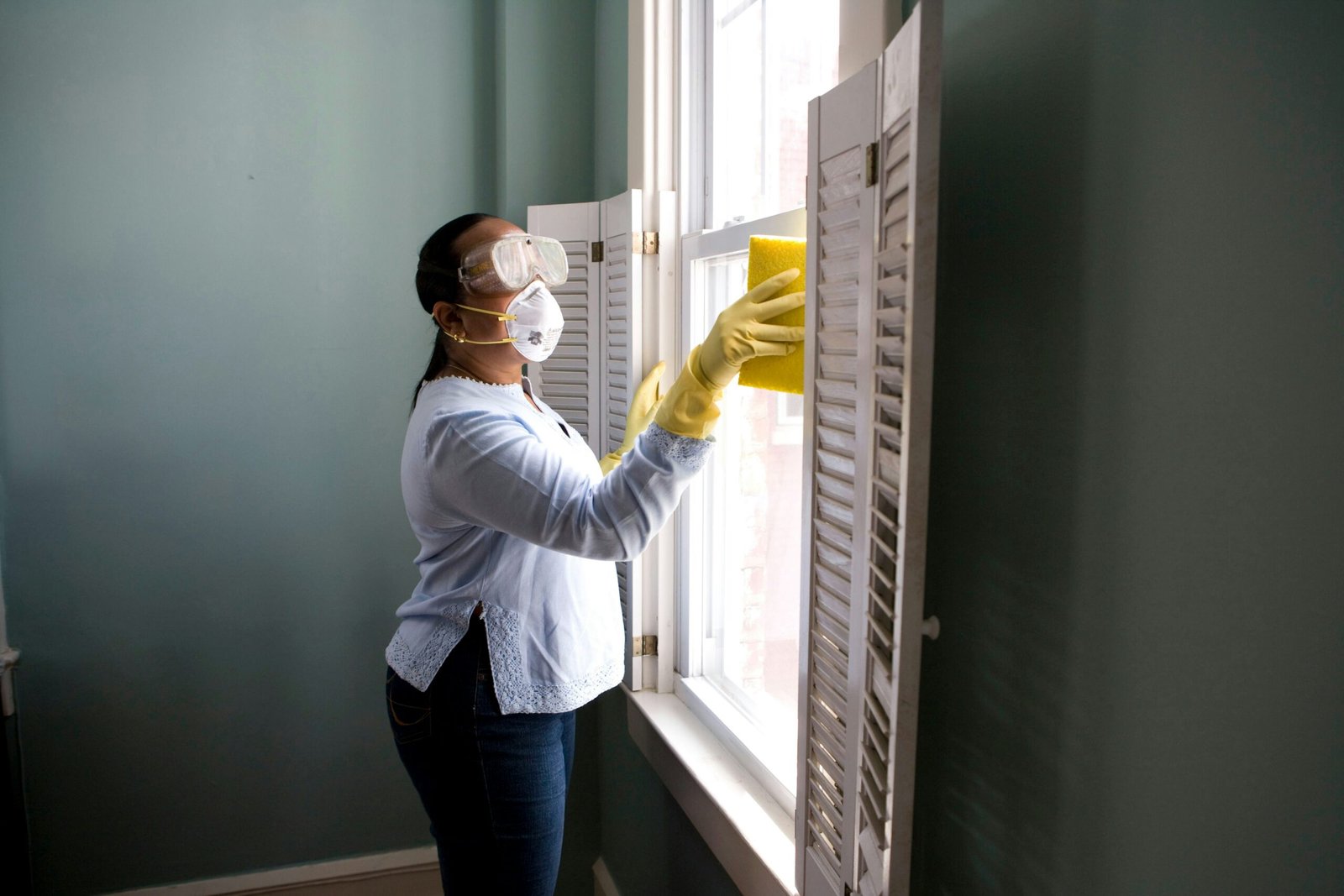Are Acetone and Rubbing Alcohol the Same Thing?
Introduction
When it comes to household solvents, acetone and rubbing alcohol frequently come up in conversations. But are acetone and rubbing alcohol the same thing? While both are solvents and used for cleaning, they are chemically distinct and serve different purposes. In this blog post, we’ll explore the differences and uses of both substances.
What is Acetone?
Acetone is a volatile, flammable liquid that is commonly used as a solvent in many industrial and household applications. It is most well-known for its use in nail polish removers. Acetone is effective at breaking down and dissolving certain types of paint, varnish, and adhesives. Due to its strong degreasing properties, it can also be used to clean metal surfaces and remove contaminants.
What is Rubbing Alcohol?
Rubbing alcohol, also known as isopropyl alcohol, is another versatile solvent found in most households. It is widely used as a disinfectant for minor cuts and scrapes due to its antiseptic properties. Additionally, rubbing alcohol is used for cleaning and sanitizing surfaces and objects, making it a common choice for household cleaning.
Key Differences
While both acetone and rubbing alcohol are solvents, they have distinct chemical structures and uses. Acetone (C3H6O) is a ketone, whereas rubbing alcohol (C3H8O) is an alcohol. This difference in chemical composition affects their physical properties and applications. Acetone is stronger and more effective at dissolving certain materials; however, it is also more hazardous and should be used with greater care. On the other hand, rubbing alcohol is generally safer for skin contact and is often used for medical and cosmetic purposes.
Conclusion
In summary, although acetone and rubbing alcohol are both solvents, they are not the same thing. Each has unique properties that make it suitable for specific tasks. Understanding the differences between these two solvents can help you choose the right one for your needs and ensure safe and effective use.

